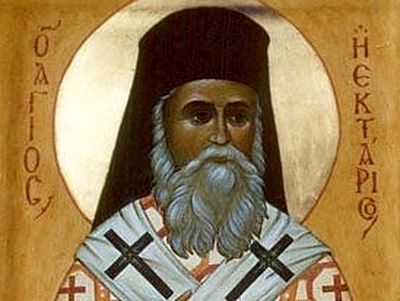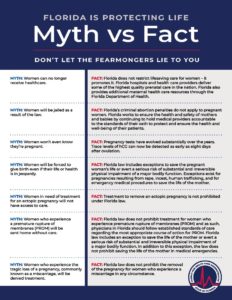Evidently timed to coincide with the heating up of the presidential race, a movie called “Civil War” made its debut in theaters across the country in March. It is premised on the fantastic notion of Texas and California teaming up to wage war against a usurping three-term president. But although Americans are far removed from anything like that, extreme divisiveness truly is part of our current national life as reflected in our politics.
One source of that sour mood can be seen in poll numbers showing majorities unhappy with the choice they almost certainly will face in November between President Joe Biden and ex-President Donald Trump. An Associated Press-NORC Center for Public Affairs Research sampling found 56% more or less dissatisfied with Biden as the Democratic candidate and 58% feeling the same about Trump heading the GOP ticket.
Some of this negativism presumably arises from concern about the two men’s ages. By January of 2029, when the president — whether Biden or Trump — is concluding his term, Biden will be 86 and Trump will be 82. And with all due respect to octogenarians, it’s reasonable to question whether someone in his 80s can handle the intense demands of the presidency.
Age is hardly the only issue in this election, though. Inflation will be much discussed. And unlike elections when neither party seemed eager to talk about abortion, this time it’s much on the minds of candidates and voters.
Trump takes credit for naming three new Supreme Court justices who made up part of the majority that two years ago overturned the infamous Roe v. Wade decision. But he opposes a national law setting a point in pregnancy after which abortion wouldn’t be allowed and says the whole issue should be left to states to settle for themselves.
Biden and the Democrats for their part intend to highlight their support for abortion as a central element of their message wherever abortion has strong public approval.
Recently Cardinal Wilton Gregory of Washington caused a stir by criticizing Biden for his position on abortion. Responding to a questioner on the CBS program “Face the Nation,” he called Biden, a Catholic, “very sincere about his faith” but added that on “life issues” he is a “cafeteria Catholic” who accepts some Church teachings and rejects others to suit his political advantage.
Meanwhile, predictable bickering is underway over the presidential debates, currently scheduled for Sept. 16, Oct. 1, and Oct. 9. In mid-April more than a dozen news organizations, including the Associated Press and five major broadcast and cable networks, called on the two presumptive candidates to commit themselves to participating in the debates, which it said have “no substitute” for letting people know where candidates stand.
Here, though, I’m a dissenter. Yes, people like debates, but the debate format is of doubtful value in learning whether participants possess the qualities that make for a good president.
What the presidency requires above all is prudence — the ability consistently to make morally good choices in pursuit of morally good ends. As philosopher Josef Pieper put it, “the good man is good in so far as he is prudent.” And, Pieper adds, prudence is not to be confused with “cunning,” a kind of “false prudence” possessed by someone who uses immoral means to reach disreputable goals.
I can hear the objection now: “What has morality got to do with it?” The best answer is that although, movies to the contrary notwithstanding, we’re not approaching civil war, the question itself nevertheless reflects something wrong with our politics.

 Greatmartyr, Victory-bearer and Wonderworker GeorgeThe Holy Great Martyr George the Victory-Bearer, was a native of Cappadocia (a district in Asia Minor), and he grew up in a deeply believing Christian family.
Greatmartyr, Victory-bearer and Wonderworker GeorgeThe Holy Great Martyr George the Victory-Bearer, was a native of Cappadocia (a district in Asia Minor), and he grew up in a deeply believing Christian family. The Path to HappinessSearch your hearts and be watchful of its spiritual state.
The Path to HappinessSearch your hearts and be watchful of its spiritual state.
